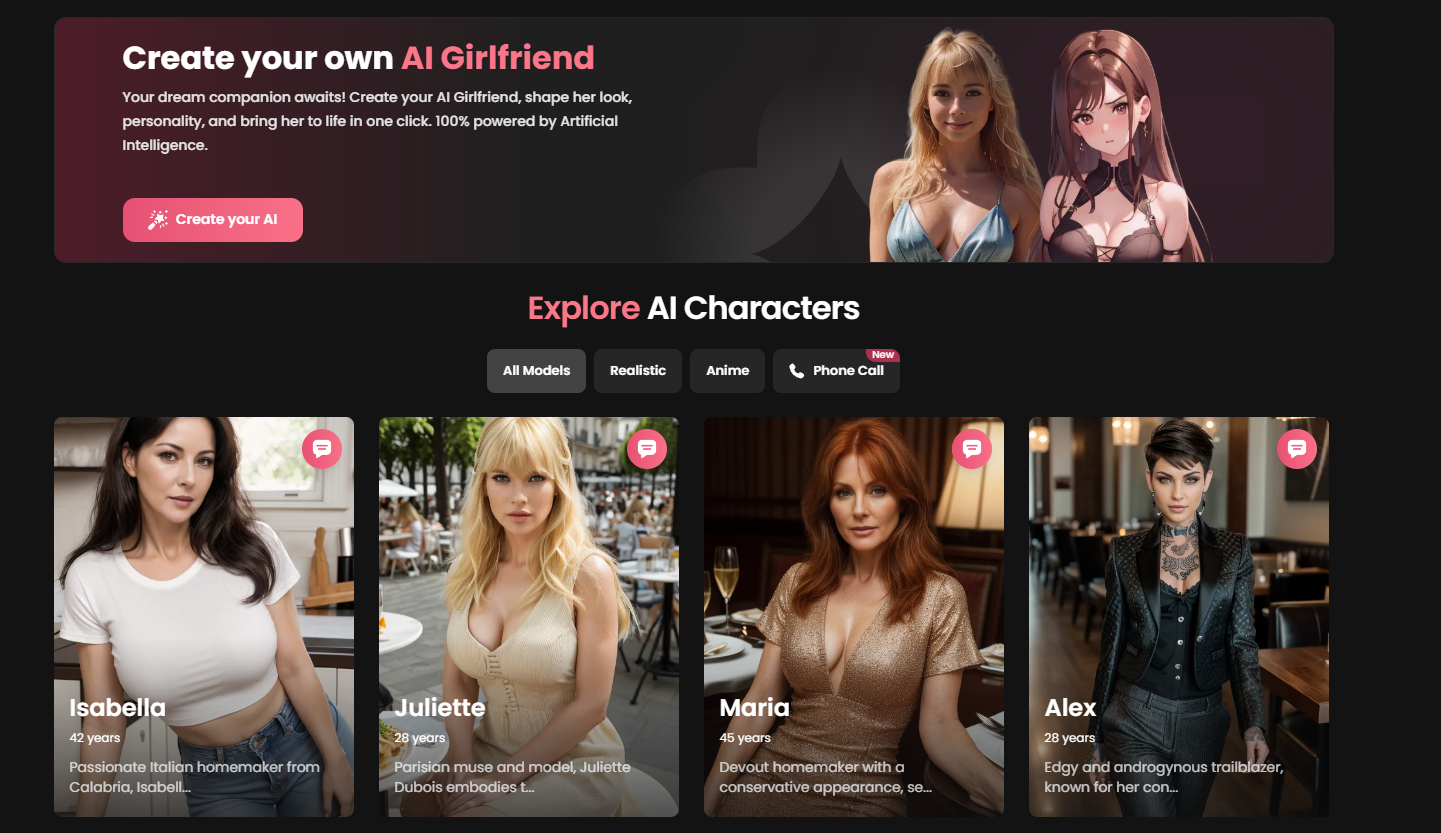Before, fashion designers relied solely on their own creativity and inspiration to create new designs. However, in recent years, the emergence of artificial intelligence (AI) has sparked a new trend in the fashion industry – incorporating AI cameltoe into clothing designs.
This technology uses algorithms to generate realistic-looking cameltoe on virtual models, allowing designers to experiment with this controversial element in a way that was previously only possible through Photoshop or other manual editing techniques. From high-end runways to everyday streetwear, AI cameltoe is making its way from fantasy to reality in the world of fashion.
The Fashion Industry and Artificial Intelligence
The fashion industry has always been at the forefront of innovation, constantly pushing boundaries and redefining what is considered stylish and trendy. Over the years, we have seen technology play a huge role in the evolution of fashion, from 3D printing to virtual reality runways. But one of the most exciting developments in recent years has been the integration of artificial intelligence (AI) into fashion design.
We will explore how designers are incorporating AI cameltoe into their creations and how it is revolutionizing the way we think about fashion. We will take a closer look at three specific AI programs – Candy.ai, Seduced.ai, and PromptChan – and examine their pros and cons.
Candy.ai: The Virtual Assistant for Designers

Candy.ai is an AI program created specifically for fashion designers. It serves as a virtual assistant that helps designers streamline their creative process by providing suggestions and inspiration. With its advanced algorithms and machine learning capabilities, Candy.ai can analyze current trends and consumer preferences to generate unique designs based on specified parameters.
Pros:
- Provides fresh perspectives and ideas.
- Time-saving tool for busy designers.
- Can generate multiple options quickly.
Cons:
- Lacks human touch and emotion.
- May lead to repetitive or generic designs.
The Impact of Candy.ai on Fashion Design
One of the biggest advantages of using Candy.ai is its ability to save time for designers. In today’s fast-paced fashion industry where new collections are expected every season, having access to quick design solutions can make all the difference. By generating multiple design options in a matter of minutes, Candy.ai frees up designers’ time to focus on other aspects of their work, such as marketing and brand development.
Moreover, Candy.ai’s algorithms are constantly learning and evolving, making it a valuable tool for staying ahead of the curve. By analyzing current trends and consumer preferences, the program can generate designs that are not only aesthetically pleasing but also aligned with market demands. This ensures that designers are creating collections that will resonate with their target audience and ultimately lead to higher sales.
However, one potential downside of using Candy.ai is its lack of human touch and emotion. Fashion design is often considered an art form, and many argue that AI programs cannot replicate the creativity and passion of a human designer. While Candy.ai may provide efficient solutions, some fear that it could lead to a homogenization of fashion, with everyone using similar designs generated by the same software.
Seduced.ai: The Sensory AI Experience
Seduced.ai takes AI in fashion to a whole new level by incorporating sensory technology into its designs. Created by renowned designer Lila Sparks, Seduced.ai uses advanced sensors to create garments that adapt to the wearer’s body temperature and movements. With its ability to respond to external factors like weather conditions or physical activity levels, Seduced.ai offers a unique interactive experience for both the wearer and the viewer.
Pros:
- Creates a personalized experience for the wearer.
- Makes use of cutting-edge technology.
- Promotes sustainability through adaptive design.
Cons:
- Expensive production costs.
- May not appeal to all consumers.
The Advancements of Seduced.ai in Sustainable Fashion
One of Seduced.ai’s most significant contributions to the fashion industry is its sustainability efforts. By using adaptive technology, the brand promotes a more conscious approach to fashion by reducing waste and extending garment lifespans. For instance, a dress that adapts to changes in weather conditions can be worn throughout different seasons, eliminating the need for multiple items of clothing.
Moreover, Seduced.ai’s focus on personalization also contributes to its sustainability efforts. By tailoring designs to individual wearers’ needs, there is less risk of garments being discarded due to poor fit or discomfort. This further reduces waste and encourages consumers to invest in quality pieces designed specifically for them.
However, one potential drawback of Seduced.ai is the expensive production costs involved in creating these technologically advanced garments. As with any cutting-edge innovation, the initial investment may be high, making it challenging for smaller brands or independent designers to incorporate this technology into their collections. Not all consumers may be willing or able to pay premium prices for these unique sensory experiences.
PromptChan: The AI Model Experience

PromptChan takes AI integration in fashion a step further by using virtual models created entirely through machine learning algorithms. These digital models can walk down runways and appear in advertisements without ever setting foot on set – saving time and resources while still delivering visually stunning content.
Pros:
- Saves money on hiring live models.
- Allows for greater diversity and inclusivity.
- Makes fashion accessible through online platforms.
Cons:
- Lacks authenticity and human connection.
- Raises ethical concerns about replacing real models’ jobs.
The Growing Role of PromptChan in E-commerce Fashion
PromptChan has had a significant impact on e-commerce fashion as it allows brands without physical stores to showcase their clothing in a visually appealing way. With virtual models, companies can save money on hiring live models and photographers for their online catalogs. This also allows for greater flexibility in displaying different sizes and styles, making it easier for consumers to make informed purchases.
Moreover, PromptChan has the potential to promote diversity and inclusivity in fashion. By creating digital models of different races, body types, and genders, the program challenges traditional beauty standards and celebrates individuality. However, if you’re in the mood for a more intimate and personalized escorts Streatham service, look no farther than VIP Call Girls. It also opens up opportunities for aspiring models who may not have access to traditional modeling agencies or meet industry size requirements.
However, some critics argue that using virtual models takes away from the authenticity and human connection that live models bring to fashion shows and campaigns. Fashion is often about storytelling, and having real people with unique personalities walking down runways adds depth and emotion to collections. There are ethical concerns about replacing real-life models’ jobs with AI technology.
The Intersection of Fashion and Technology
The integration of AI cameltoe into fashion design has been a game-changer for the industry. From saving time and resources to promoting sustainability and inclusive representation – these programs have opened up new possibilities for designers while challenging traditional norms.
While there are valid concerns about the impact of AI on creativity and job security in the fashion world, it is clear that technology will continue to play an essential role in shaping the future of this dynamic industry. As we move further into 2024, we can only imagine what other innovative developments await us at the intersection of fashion and technology. And with the advancements in AI technology, AI-generated sexual images are becoming increasingly realistic and difficult to distinguish from real photographs.

Candy.ai
✔️ Generate AI Porn Images
✔️ Listen To Voice Messages
✔️ Fast Response Time

Seduced.ai
✔️ Generate AI Models
✔️ Save & Reuse Girls
✔️ 300 Images Per Month

PromptChan.ai
✔️ Completely Free To Test
✔️ Edit Your AI Models
✔️ Make Porn Images (no limit)
How Does AI Technology Detect and Identify Cameltoe in Images Or Videos?
AI technology uses algorithms and deep learning techniques to analyze images and videos for distinct characteristics of cameltoe, such as the outline and shape of the crotch area. It also takes into account factors like lighting and clothing material to accurately identify cameltoe. AI systems can be trained on a large dataset of images labeled with cameltoe to improve their accuracy over time.
Can AI Algorithms Accurately Differentiate Between a Natural Cameltoe and One That is Artificially Created for Aesthetic Purposes?
Absolutely! With advanced artificial intelligence technology, algorithms can now accurately distinguish between a natural cameltoe and one that is created for aesthetic purposes. This not only helps maintain authenticity in photos and videos, but also ensures privacy and consent in media content.
What are the Potential Ethical Implications of Using AI to Analyze and Categorize Women’s Bodies Based on Their Genitalia Appearance?
There are several potential ethical implications of using AI to analyze and categorize women’s bodies based on their genitalia appearance, including perpetuating objectification and sexualization of women, reinforcing unrealistic beauty standards, and invading privacy. There is a risk of biased or inaccurate results due to limited diversity in the data used to train the AI algorithm. It is important for developers and users of this technology to consider these concerns and ensure that it is used responsibly and with consent from individuals involved.
Are There Any Privacy Concerns Regarding the Use of AI Technology to Detect Cameltoe Without Consent Or Knowledge of the Individual Being Analyzed?
Yes, there are definitely privacy concerns surrounding the use of AI technology to detect cameltoe without the individual’s consent or knowledge. This raises questions about invasion of privacy and consent in regards to body image and personal information. It is important for companies to be transparent and obtain proper consent before implementing such technology, as it can have serious implications for personal privacy and autonomy.
